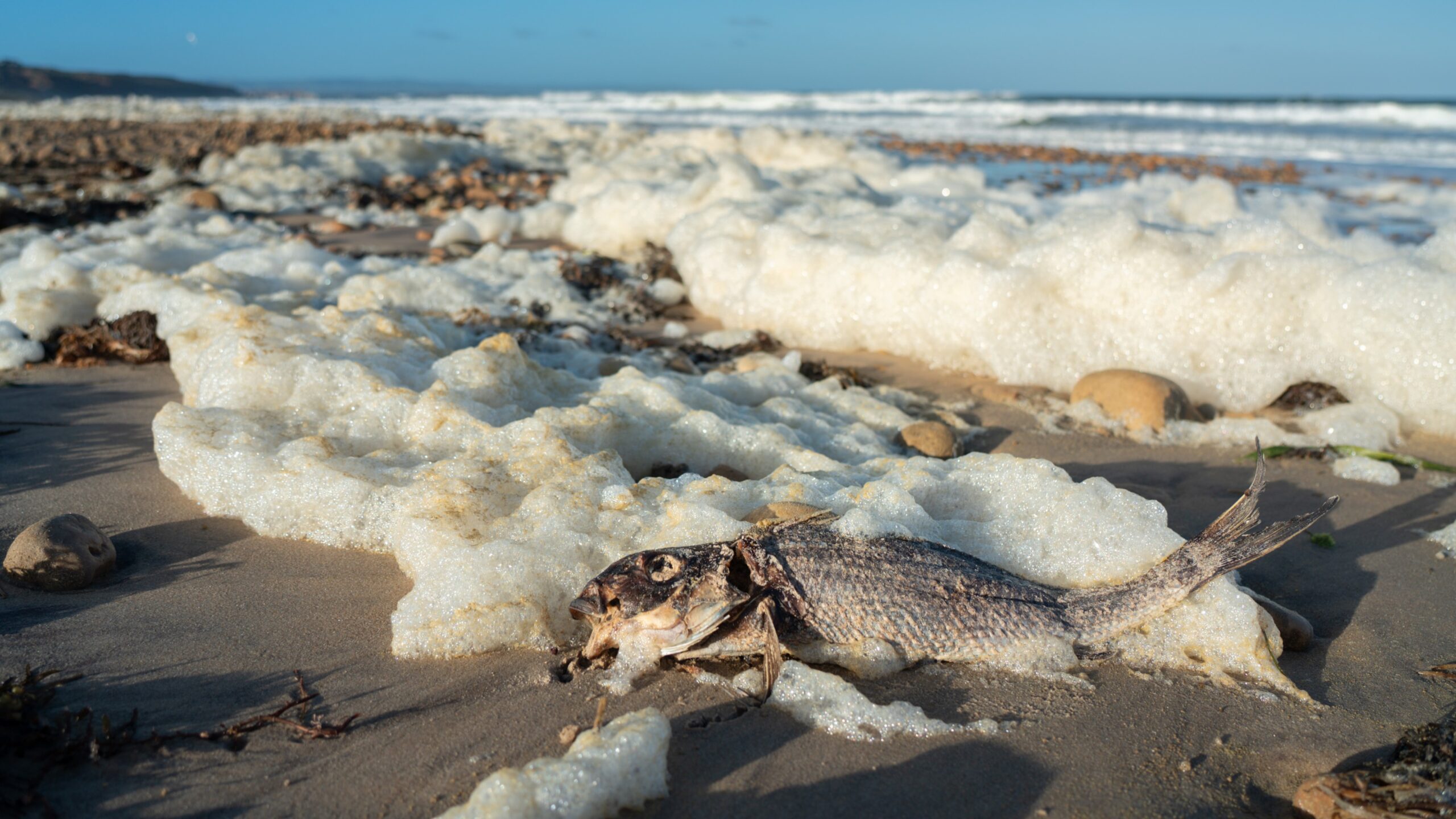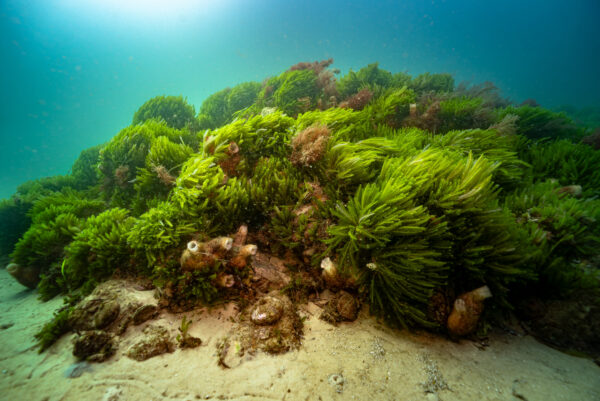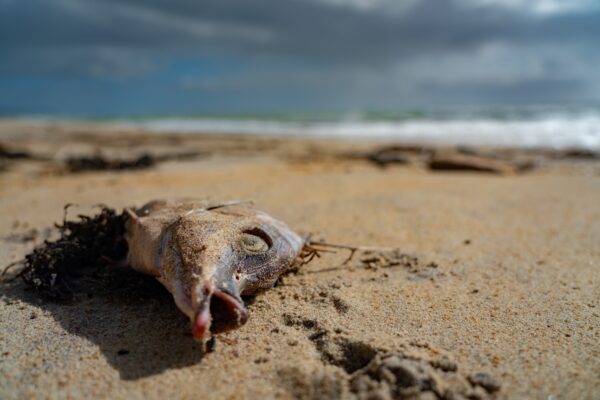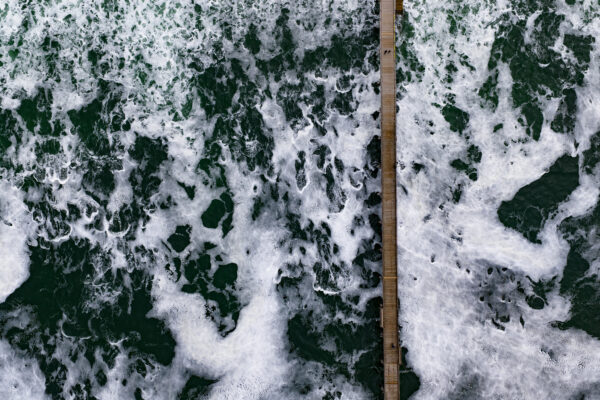More oyster reefs, AI submersibles and more funding are part of a new $102.5 million plan for South Australia’s algal bloom outbreak this summer.
The plan includes $16m for the fishing and marine industries, opening up school pools, submersibles, more oyster reefs and travel vouchers.
The plan is to help the state’s businesses and industries endure the algal bloom, which was first detected at Waitpinga Beach on the Fleurieu Peninsula, and has been killing marine life, destroying public confidence and threatening business.
WATCH THE VIDEO: The Nature Conservancy explains why oyster reefs are a solution
This extra funding includes $8m in grants for businesses, including those who have already received previous grant support. (The opening date for all applications is October 15 while the closing date extends from November 30, 2025, to March 31, 2026.)
For commercial licence holders, $3.5m in industry response and resilience program grant funding will be available to help them build resilience, target new opportunities and protect jobs; the opening date for applications is Monday, October 20.
There will also be $4.5m for licence fees relief which has been extended to at least June 30, 2026, and will apply automatically.
The SA Government says the hardest hit fisheries and aquaculture licence holders could receive up to $275,000 via grants and the program.
The State Government will look at a new dedicated research program to study ways of helping aquaculture and fisheries businesses reducing the impact of future outbreaks.
Funding for the summer plan is split 50-50 between Adelaide and Canberra, and follows in the wake of an older $28m support package.
ALGAL BLOOM SUPPORT
SA Premier Peter Malinauskas says they “are backing our fishers and small business impacted by the algal bloom with the help they need now while building the long-term resilience they’ll need”.
Primary Industries Minister Clare Scriven says extending the industry support grants is recognition of the sustained disruption to commercial fishing, aquaculture and marine businesses.
“We have been working with the relevant industry associations and assessing the impacts to ensure practical assistance is available.”
Small Business Minister Andrea Michaels says the bloom has “significantly” affected fisheries and coastal small businesses.
Seafood Industry SA deputy chairman Kyri Toumazos welcomed the news.
“The premier hasn’t just listened; he acted on the strong advice and need of the seafood sector and delivered on all the key asks,” he says.
He says the help is “desperately needed” to his sector and coastal communities that rely upon it.
THE SUMMER PLAN
More than $37m to be spent on science and the environment including $20.6m for new limestone native oyster and recycled oyster reefs, funding seagrass restoration research in the Gulf St Vincent, breeding of threatened marine species and a biodiversity education program.
Another $17.3m will be spent on science, research and monitoring (with the CSIRO) that will include water monitoring and forecasting via new buoys.
Funding for offshore water analysis in the deep waters of Gulf St Vincent, Spencer Gulf, and southern Fleurieu Peninsula and $3.2m to set up a national Algal Bloom Research centre.
A $1m trial of AI-powered submersible cytobots to study phytoplankton communities and help develop live detection and early warning systems.
Test ways of managing the impact of algal bloom on waterways, such as rivers, estuaries and lakes.
The coastal tourism industry will also get $48m in funding for dining cashbacks (up to $50 off meals) and travel vouchers ($100-$500 for visits and stays).
“Restoring seagrasses and native oyster reefs along with other efforts contained within this plan puts us on the quickest path to recovery,” Malinauskas says.
“This is a comprehensive plan to support coastal businesses and communities and ensure South Australians can enjoy their summer.”
“This plan isn’t just about responding to a challenge, it’s about ensuring our coastline remains vibrant this summer and for years to come,” he says.
BEACH SAFETY
More than $16m will be spent on:
Daily patrols across eight popular beaches.
Updating the Beachsafe app for 23 locations four times a day.
Daily clean-ups of metro and southern beaches.
Opening up school pools.
Grant funding for water-based sports clubs.
Free access to coastal parks and public campaigns.
For more on the bloom https://www.algalbloom.sa.gov.au/
ABOUT THE BLOOM
The South Australian algal bloom is driven by the microscopic algae Karenia mikimotoi which release hemolysins and hydrogen peroxide, and continues to suffocate marine life by clogging gills, damaging blood cells, depleting oxygen and releasing toxins.
Millions of animals have died, and more than 450 species have been affected, with images of mass fish deaths, washed up dolphins, Australian sea lions, leafy sea dragons and several shark species.
Three factors helped create the current bloom: extra nutrients in the seas from flood waters out of the River Murray in 2022-23, a cold-water upwelling in summer 2023-24 which lifted more nutrients to the surface and a marine heatwave that, since September 2024, raised the water temperature by an extra 2.5⁰ Celsius. Algae is naturally occurring. Some blooms are harmless but the South Australian outbreak is harmful to fish and other marine life. Source: SA.gov.au. The Nature Conservancy
EARLIER RELATED BLOOM NEWS: SA turns to air bubbles to protect cuttlefish nursery
MORE AT 12 NOON: Why oyster reefs are a solution according to The Nature Conservancy.









